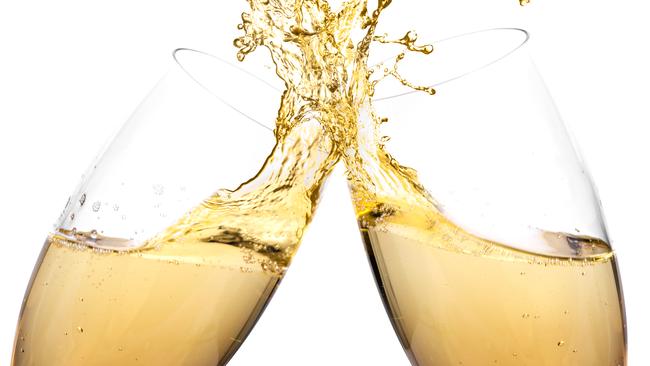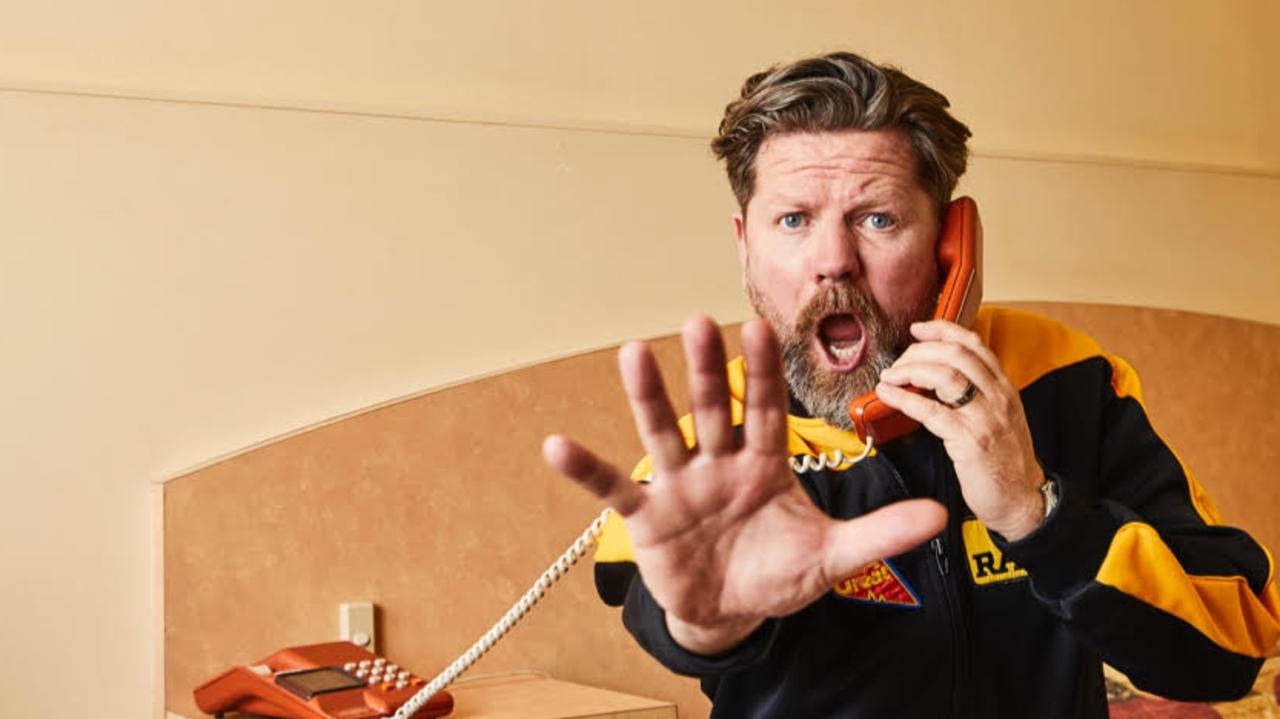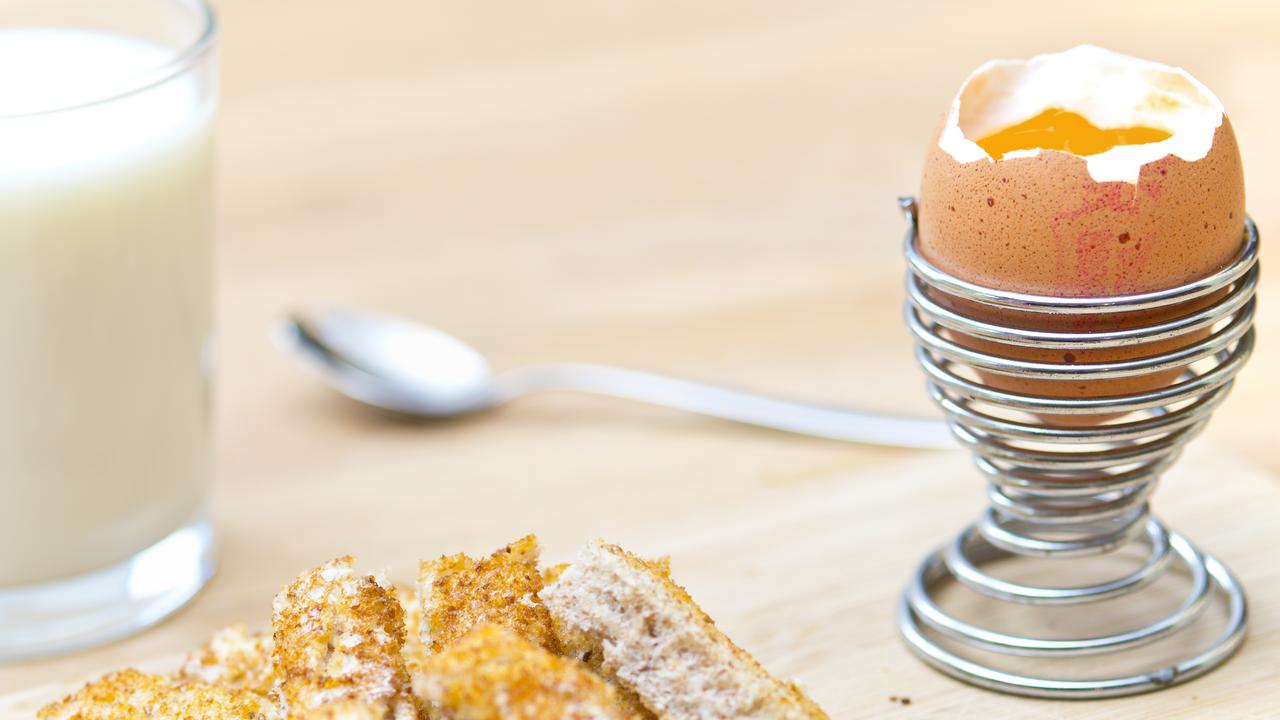Champagne v sparkling: Max Allen’s guide to bubbly
Remaining patriotic is admirable, but don’t discount well-priced international fizz when you celebrate.

I know how it is when you have something to celebrate. Your instinct is to reach for champagne — the real thing, from Champagne, in France. That’s certainly what I tend to do. After all, champagne and celebrations are made for each other, aren’t they? And who doesn’t love a glass of champagne — even when it’s not a special occasion?
But then a little doubting voice in your head starts up: a patriotic voice, perhaps, reminding you that Australia makes perfectly good sparkling wine, thank you very much; or a frugal voice, reminding you there are lots of people coming to the party and the already-strained post-Christmas budget may not stretch to good champagne; or an adventurous voice, urging you to ignore the boring old obvious champagne option and look for a sparkling that’s a bit more now, more hip, more groovy … (in which case the voice is beginning to sound like Austin Powers).
What to do, what to do? Well, in an attempt to at least save you some time when next you’re prevaricating in the bottle shop, I thought I’d weigh up a few of the pros and cons below.
The quality question
Australia unquestionably produces some sparkling wines that are every bit as good — as fine, as expressive, as memorable — as quality champagne.
I’ve extolled their virtues in these pages many times before: complex, multi-layered, deeply satisfying wines such as the magnificent late-disgorged Tasmanian beauties from the House of Arras, Radenti, Delamere, Josef Chromy and others; the rich, savoury bottlings from Hanging Rock in Macedon; Deviation Road’s remarkable Beltana Blanc de Blanc from the Adelaide Hills — the list goes on.
But the key word in that paragraph is some.
Yes, Australia is producing an ever-growing number of outstanding sparkling wines and we should be proud of and support them — but the undeniable fact is there are simply more good bottles emerging from Champagne (the champenois, after all, have been doing it for a bit longer than we have).
And at the risk of upsetting the one-eyed nationalists out there, as good as even the best Australian sparkling wines are, they seldom reach the heights of the best champagnes: wines such as that luxurious stalwart, Krug Grande Cuvee, or the extraordinary terroir-driven finesse of a great grower champagne from Larmandier Bernier or Anselme Selosse or, one of my favourites, Charles Heidsieck’s remarkable expression of late-disgorged chardonnay, Blanc des Millenaires.
Then again, it must be said that these pinnacles of the champagne-maker’s art don’t exactly come cheap (the Heidsieck sits around $350 a bottle) but, then, neither do the best of the locals: the stunning 1998 Arras EJ Carr Late Disgorged is also $350 a bottle. Which brings me to …
Price, price and, um, price
If you’re on a budget, looking to spend between $20 and $30 a bottle, then you’re much better off I think going for local fizz — with its superior freshness and fruit — over the bottles you can find at the bottom of the champagne price spectrum (supermarket own brands on special for example).
But if you’re looking to spend a little more, the choice is not so clear-cut.
For various reasons, the market for good non-vintage champagne is exceptionally competitive at the moment and the traditional gap between Australian fizz and French bubbly has narrowed. In the lead-up to Christmas, some of the most reliable, high-profile NV champagne brands such as Mumm and Lanson were on special at just under $40 a bottle. This is the same kind of price territory as a good non-vintage sparkling wine of comparable quality from a small Australian producer such as Stefano Lubiana, or a vintage sparkling from a larger producer such as Jansz — making your buying decision as much about patriotism as it is about pleasure. And when it comes to issues of national pride, only you can decide.
A noble precedent
If you do go for the French option, though, don’t feel too guilty: it may be some consolation to learn that we have long been a nation of champagne lovers. Some of the older French houses such as Bollinger have been sending wine Down Under at least since the discovery of gold in the 1850s led to a very thirsty class of nouveau riche. Indeed there are stories of the muddy streets of Melbourne being treacherously littered with broken champagne bottles at the time. In fact, the oldest wine I have tried was a champagne destined for Australia, tasted from a bottle that had been lying in a shipwreck at the bottom of Port Phillip Bay since 1841, identified by its shape and branded cork as possibly being from Gosset, the oldest producer in champagne, whose excellent modern wines can be found in Australian bottle shop fridges.
The prosecco factor
Your choice of sparkling wine, of course, is not limited to the binary offering of French and Australian. Plenty of other wine countries and regions produce fizz — and if you’re a dedicated follower of fashion, you’ll know that prosecco — the original, from Italy, or a local version made from the same grape variety, grown here — is the sparkling wine du jour, or should that be del giorno?
While most of the Italian proseccos available here are very much in the cheap-and-cheerful category (perfect for using in an Aperol spritz on a hot summer’s afternoon), there are some better examples (look for the wines of Nino Franco) — although, once again, I would argue that, penny for penny, pound for pound, you’re often best going for the local option, from producers such as Dal Zotto, Pizzini and Chrismont La Zona.
You could, of course, play games with your guests by serving your sparkling wine blind and asking them to guess whether it’s champagne: try this trick with, say, a good English sparkling wine (the marvellous Hattingley Valley Blanc de Blanc from Hampshire, for example, which has just arrived in Australia) and I guarantee you’ll fool anyone.
Whatever bubbly you choose, though, remember: there’s always something to celebrate.
Cheers!


